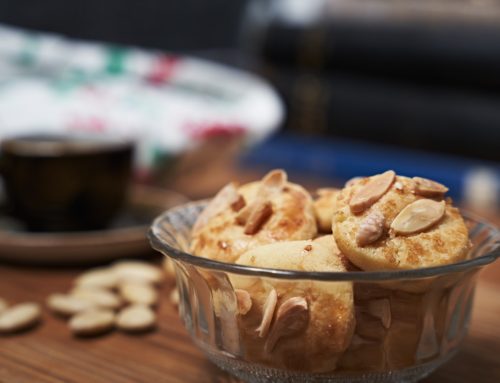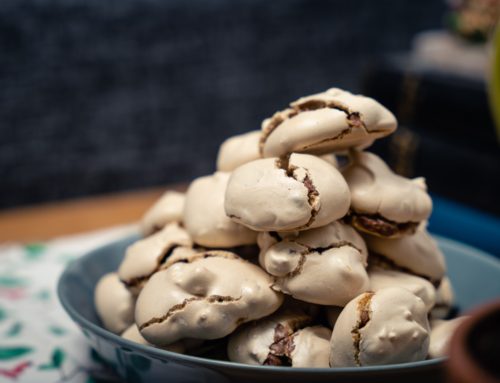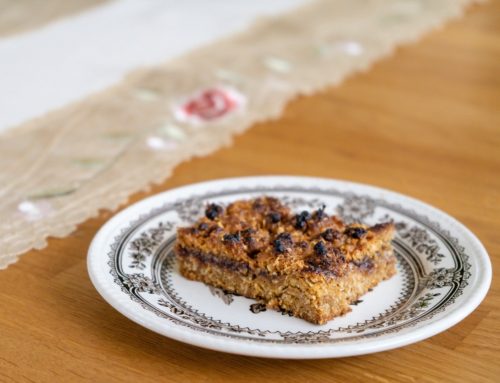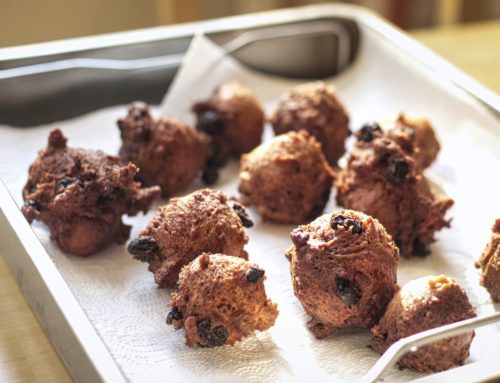Rúgbrauð – Icelandic Rye bread
It’s good, it’s sweet, it’s there on the side, never the main ingredient. Always the bass player, never the singer. Always the bridesmaid, never the bride. You get the idea. Rúgbrauð is a popular bread to eat with other food, it’s sweetness counters sour, smoked or bland food. It can also be a vessel for sliced smoked lamb or pickled herring.
There are three different types of rúgbrauð that we’ll insist on talking to you about:
- The one with added sugar
- The one without added sugar
- The one with sourdough starter
The most popular one is with the added sugar. It has the shortest baking time. It makes sense. That isn’t to say that the one without added sugar isn’t sweet, oh no no, it’s sweet! Derived from slow and low -that is the tempo- baking that breaks down the starch into sugars. It’s something to do with science. The first two rúgbrauð are the most popular but we’d also like to mention the sourdough one, not because we’re hip, au contraire. Back in the day, we didn’t have any baking soda that produces the rise of the machi… dough, so it was either natures or bakers yeast. You could mention the fourth kind, the Danish rúgbrauð. You can see it in grocery stores in Iceland but it’s usually some sort of not-sweet-rúgbrauð filled with whole seeds and nuts. Typical of the Danes, trying to be healthy.
A brief history of rúgbrauð
Let’s be brief since it’s in the title. Through the centuries rúgbrauð has been the most popular bread in Iceland. Why? Because the rye grains were cheap. We didn’t have any raising agent, so all rúgbrauð were made from sourdough. Before it was cool. Sourdough is of course when the dough is naturally fermented and then a pinch of the dough is used to make the next loaf. Households didn’t have ovens until the start of the 20th-century fox so until then it was cooked in pots over stove embers from the evenings cooking. Sugar wasn’t really used or any other sweeteners instead it relied on the low heat and long baking time to produce the sweetness, as previously discussed. With the invention of the electric oven and the availability of rising agents, people have been using sugar or syrup to shorten the baking time.
Since the turn of the last century, the popularity of rye bread has declined. Evident in the annual import of rye around the year 1900: somewhere between 40-60 kilograms per person. Today it’s only about 3 kilograms per person. White processed flour rules Iceland now, I’m afraid.
It’s all rye (mama) – the ingredients
We’ve talked about rye, haven’t we? So let’s skip that part. But it’s in the title and you’re going to keep the title because you thought it was mildly funny and in reference to an Elvis song and you made the title before you wrote the history chapter? I plead the fifth.
You’d think a rye bread would be healthy, right? Well not rúgbrauð. It’s very sweet with a helluva lot of sugar in it. Lyle’s Golden Syrup to be precise. The one with the dead lion and flies. What the hell, Lyle?
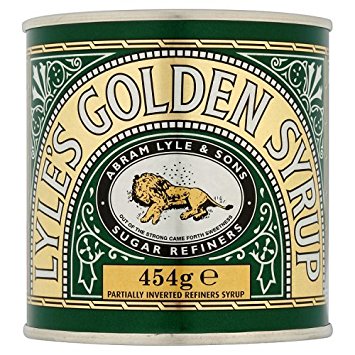
So it has that in it. You can use other sweeteners if your boss gives you leftover syrup. That’s how treacle down economy works. It has some whole wheat or all-purpose flour so it’s not all rye, despite the title. It’s got some salty salt. It has some bicarbonate of soda for the rise unless you make a sourdough, and then some súrmjólk or AB milk. What’s a súrmjólk, you ask? it means sour milk. It’s a thicc sour milk. Not unlike buttermilk or yogurt but, if you got a polish shop near you, kefir would be the closest resemble. But please, try buttermilk or yogurt and write us in. AB milk is sort of like súrmjólk but soured with probiotic bacterias by the name of Lactobacillus acidophilus and Bifidobacterium bifidum. Obviously. We’ll talk about Icelandic soured milk someday later.
Recipe
If you managed through to this point you deserve the recipe. It is as follows:
- 3 cups rye flour
- 1 ½ cups whole wheat or all-purpose flour
- 2 ½ tsp baking soda
- 1 tsp salt
- 750ml kefir
- 1 cup golden syrup
Method:
- Combine the dry ingredients.
- Add kefir and golden syrup (protip: coat the inside of the measuring jug for easy pouring of the syrup).
- Mix the ingredient and transfer to a form of your choice (we used a Quality Street tin lined with baking paper. Milk cartons work well or a dutch oven). Don’t let the dough wait for long, otherwise, it might start rising.
- Preheat the oven to 200 °C and bake for 30 minutes. Lower the temperature to 100 °C and baked it for 7 hours.
- Please feel free to double the recipe if you have room to bake more. You can freeze the second loaf.
Please enjoy, we beg of you. It’s great with humble plokkfiskur.
It’s cold in Iceland. Buy us a coffee and support Iceland Food Centre

